National Botanic Garden in Havana it is a beautiful place, has many endemic plants and gorgeous palms, a recreation spot.
Cuban National Botanic Garden was born in 1967, open to the public in 1984 is located about 15km from the city center. The garden is huge over 600 ha, offers visitors professional guides and transportation. Address: Jardin Botanico, Avenida 5ta y 68 Miramar, La Habana. Open 9am-5pm For visitors who arrive in Cuba it is obvious that palm trees dominate the landscape. Out in the country the royal palm tree proudly imposes itself as obvious characteristic of the flora. According to Dr. Angela Leiva Sanchez, director of the National Botanical Garden, 96 species of palm bear edible fruits fit for human consumption. And the tender palm heart is a delicacy that has a taste similar to walnut and contains proteins, fat, vitamins and minerals. In Cuba the most frequently found is the Royal Palm (Roistonea Regia). A common error is to believe that it is the only type in the island, where there are 88 species in all. The firs mentions of palm trees in the island go back to Columbus Diary, but is was not until the 18th century when its scientific study began, from Charles Frederick von Martius, a German, to his famous countryman, naturalist Alexander von Humboldt. In the 20th century the most outstanding work was made by a French priest, Joseph Silvestre Sauget, who studied native flora for over 40 years and wrote Cuban Flora, a complete treaty on palm trees in the island. Nine species of palm trees have become extinct in the world in the last decades, due to urban development and indiscriminate exploitation. In Cuba some 30 species are endangered. There is still much to be learned about palm tress, both from the botanical point of view as well as on its use and applications. There are species that live up two hundred years, so Cubans in the future can also say that they are from the land "Where the palm tree grows".
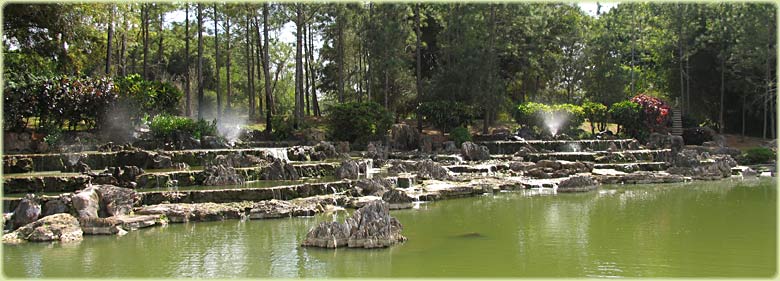
The Japanese landscape architect Yoshicuni Araki, gave life to the gorgeous Japanese Garden part of the Botanic Garden. Jardin Botanico Nacional de Cuba en Habana, tiene una extensión de 600 ha de vegetacion en la que se expone una representación de la flora Cubana y del resto de los tropicos del planeta. Un Jardín Japonés que no debe dejarse de ver. Para el visitante que llega a Cuba resulta evidente que la palma es el arbol dominante. Al contemplar la campiña, la palma real, orgullosa, se impone como la caracteristica mas evidente de su flora. Verdadera aristócrata del reino vegetal, su estructura majestuosa, su tronco erecto que puede llegar a alcanzar unos 30 metros de altura. Desde 1573, nos dice, el cientifico sueco Linneo en su obra Species Plantarum agrupo diez especies de palmas en el orden Palmae. Tres decadas después, el frances De Jussieu establecio el concepto moderno de " familia", mantuvo el nombre Palmae para las palmas y, en 1832, se propuso el nombre familiar de Arecaceae, y hoy ambos se aplican a esta familia de unas 2700 especies. En Cuba la mas extendida es la Palma Real (Roystonea Regia). Por eso, un error muy difundido es identificarla como el unico tipo en la Isla, donde existen 87 especies. Las primeras referencias datan del descubrimiento de America, en el diario de Colon, pero solo en el siglo XVIII comenzo su estudio cientifico, desde el aleman Carlos Federico Von Martius hasta su compatriota el naturalista Alejandro de Humboldt y ya en el siglo XX sobresale el sacerdote frances Silvestre Sauget, quien durante 40 años estudio la flora nativa, descubrio 44 nuevas palmas y publico en Flora de Cuba un resumen completo de las palmas de la Isla. Aun queda mucho por estudiar sobre las palmas, tanto en la botanica pura como en sus usos y aplicaciones. La palma simboliza el carácter indoblegable del Cubano. Hay especies que viven más de 200 años, pero de hoy depende que los Cubanos del futuro puedan tambien decir que provienen de la tierra "De donde crece la palma". |
|||||||||
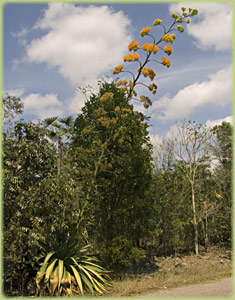 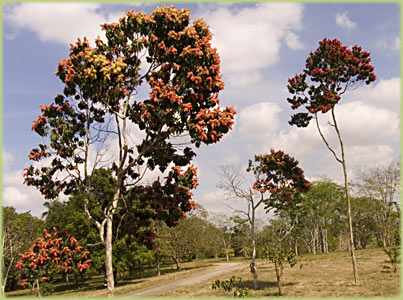 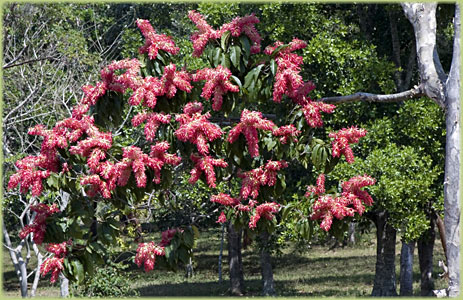 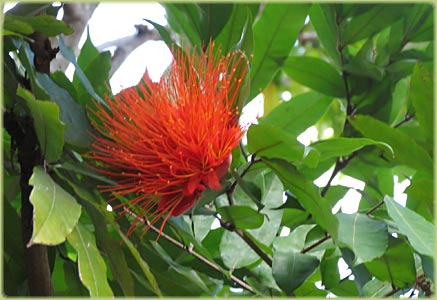 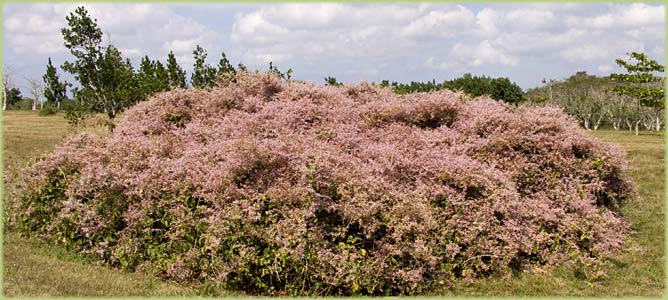 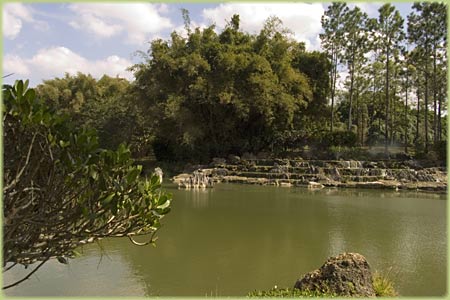 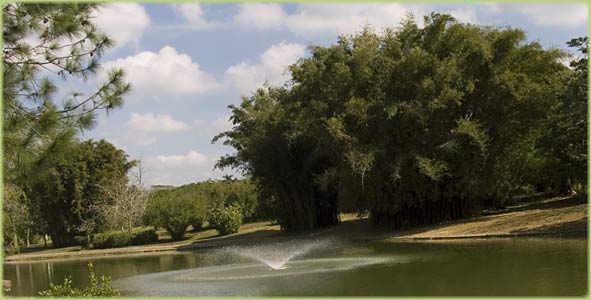 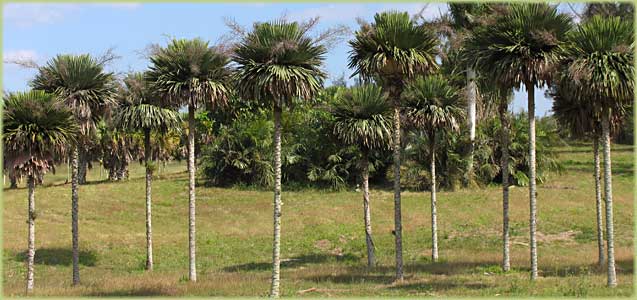 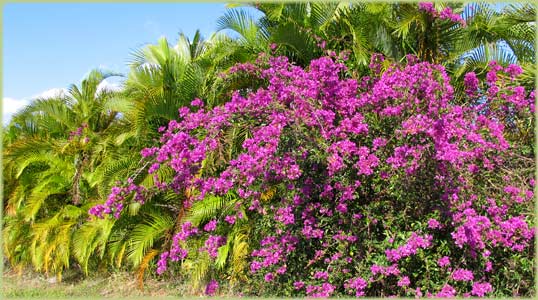 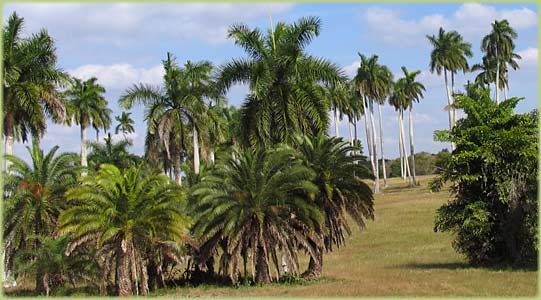 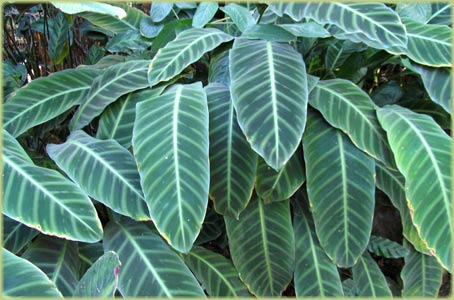 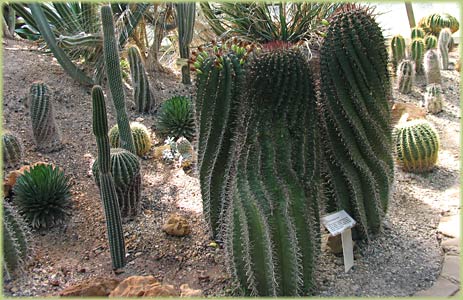 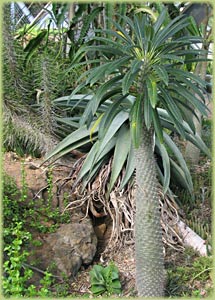 |
Copyright © Netssa



